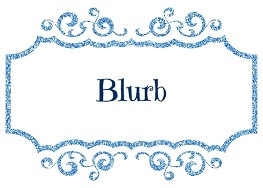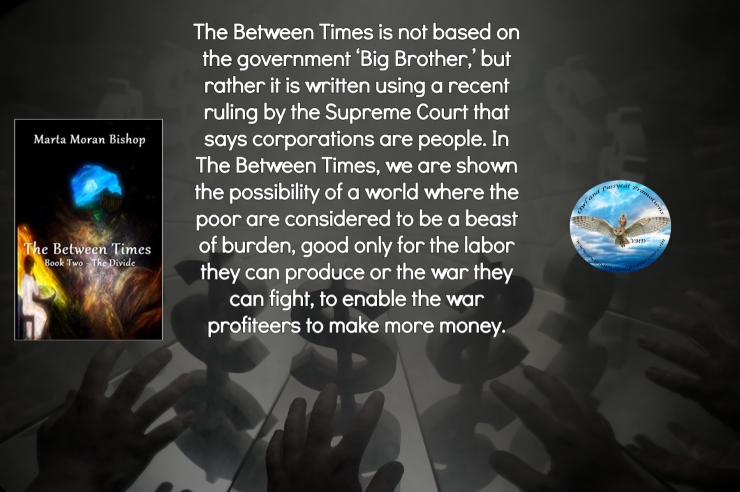
In the days when the corporations rule the world. The middle class is gone, and the cities are divided into upper and lower towns.
The upper towns are domed to protect the rich from the foul air that permeates the world, from the waste that fills the air, and fumes that blacken the sky from the smokestacks of the factories. The water is heavily rationed in the lower towns and barely drinkable, so fouled by the chemicals that fill the rivers and springs.
While in the upper town the water is purified even in the fountains and swimming pools that grace the world of the high and mighty. The shops, boutiques, restaurants, and museums are crowded in the upper town, music can be heard everywhere, and the flowers grow tall and beautiful.
While the people of the lower towns work six days a week, in sixteen to eighteen-hour shifts. Their one day off is Sunday, it is then that the men and young boys must be found in the church, while the women and girls are kept at home, for they are considered to be beasts for breeding and less important than the animals that grace the zoos of the upper towns. Food is scarce in the lower town, and the only market is the company store.
The world has stepped back into the dark ages. Nearly all hope is gone to those not born into wealth and only the prophecy that one day a young woman will come who can control the magic of the between times keeps the poor going. It is said she will be able to pull on the energy of all those who are of like mind, wrap that energy together and send it into the world to remake it.
Marta Moran Bishop takes the reader through a possible future. Unlike Orwell’s, Animal Farm and 1984, or Ray Bradbury’s Fahrenheit 451, The Between Times is not based on the government ‘Big Brother,’ but rather it is written using a recent ruling by the Supreme Court that says corporations are people. In The Between Times, we are shown the possibility of a world where the poor are considered to be a beast of burden, good only for the labor they can produce or the war they can fight, to enable the war profiteers to make more money.
Poor women are used for breeding and considered to be the property of men and the corporation. There is no way for the uneducated and isolated poor, move up the latter, for the middle class is gone.
In this short novel, The United States had taken a social, economic, and cultural step backward, to a time when our world consisted of lords and serfs. The only thing that keeps those who are not in the ruling class of the elite, going is the belief in a prophecy, that one day a girl will be born who will have the ability to unite all kindred spirits past, present, and future, to bring change to the world.
A truly amazingly imaginative book.

Cyrus Webb
TOP 500 REVIEWER
In Book Two of THE BETWEEN TIMES author, Marta Moran Bishop shows the power of standing together
TOP 500 REVIEWER
In Book Two of THE BETWEEN TIMES author, Marta Moran Bishop shows the power of standing together
Author Marta Moran Bishop is someone I have followed for quite some time, her books have a way of not just tugging at your heart but getting you to think as well. In Book Two of THE BETWEEN TIMES, we see the results of people being divided, pitted against one another by greed and personal agendas—-and we see individuals like Jewell willing to risk it all to make a difference.
The book takes us into the darkness of the world for sure, showing us how things could take an even worse turn, but we are reminded that each of us has the ability to stand up for what we know to be right—and we are not alone. Jewell realized that herself, and though it can be scary the alternative is even worse.
Full of messages that do the reader well to consider when it comes to the choices we make and the impact we’re having on the place we call home, THE BETWEEN TIMES: The Divide is our call to unite before it’s too late.




No comments:
Post a Comment